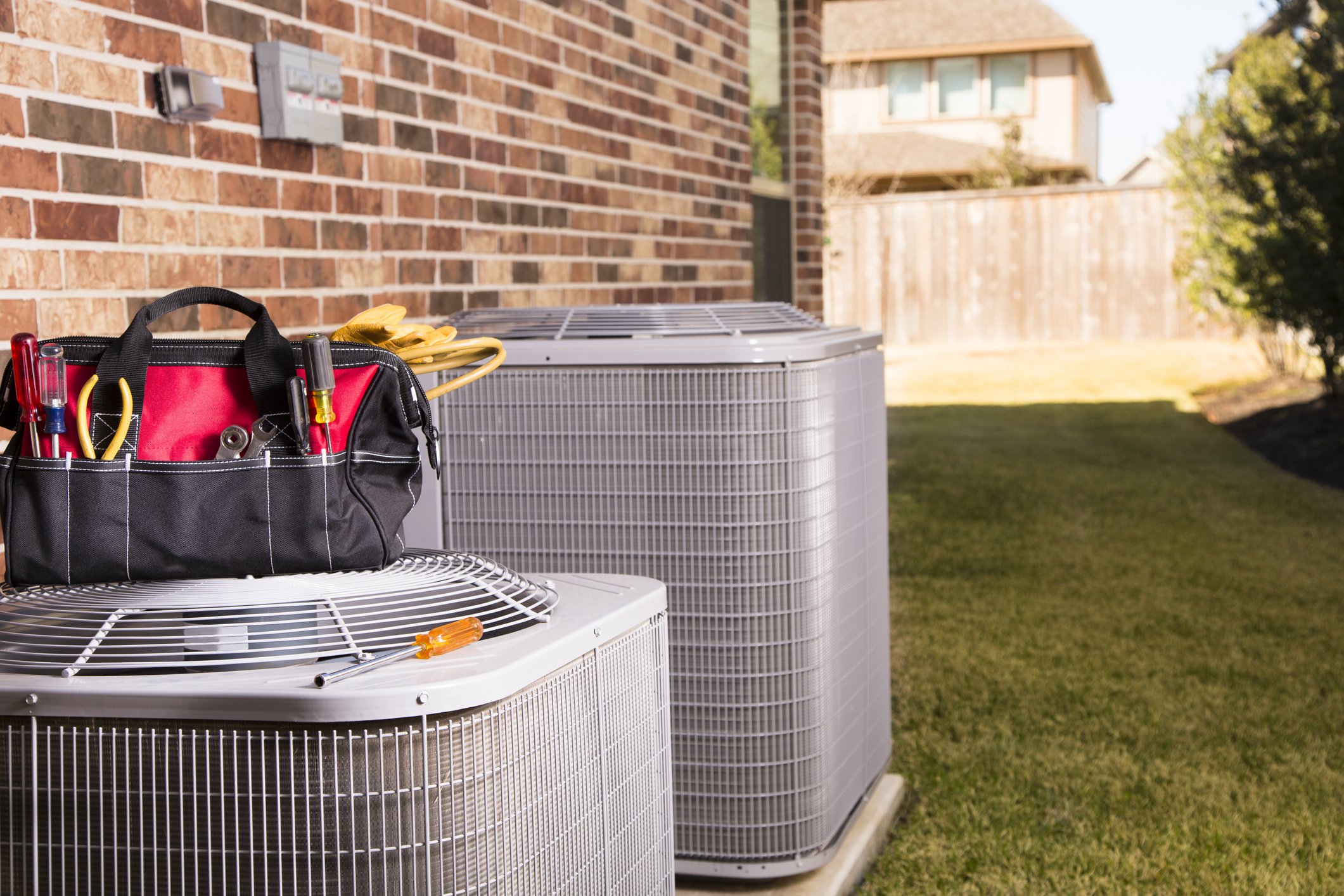Should You Run Your AC Fan Continuously?
If you've ever looked at your thermostat and noticed the option to set your AC fan to “On” or “Auto,” you’re not alone in wondering which setting is better. Some homeowners swear by keeping their fan running 24/7, while others prefer to let it cycle only when the system is actively cooling.
So what’s the right choice? Like most things in HVAC, it depends on your priorities. Here's a breakdown of the pros and cons of running your AC fan continuously—and how to know what’s best for your home in the Texas heat.
🔁 Understanding the AC Fan Settings
Your AC fan is responsible for pushing cooled air through your ductwork and into your home. On your thermostat, you’ll typically find two main fan settings:
Auto – The fan only runs when your air conditioner is actively cooling.
On – The fan runs all the time, even when the AC is not actively cooling.
Let’s look at what happens when you choose one over the other.
✅ Pros of Running Your Fan Continuously ("On" Setting)
1. More Consistent Air Circulation
Running your fan nonstop helps even out temperature differences between rooms, especially in two-story homes or spaces with hot spots.
2. Better Air Filtration
When the fan is always on, air is constantly passing through your HVAC filter. That means more airborne dust, allergens, and pet dander get trapped—great for those with allergies or respiratory issues.
3. Reduced System Wear
Some argue that it’s easier on the system to keep the fan running than to have it start and stop frequently, especially for older units.
⚠️ Cons of Running Your Fan Continuously
1. Higher Energy Bills
Your fan motor uses electricity every time it runs. Running it 24/7 can increase your energy costs—especially during a long San Angelo summer.
2. Increased Filter Maintenance
Because more air is moving through your system, your filter will clog up faster. You’ll need to replace it more often to avoid reduced airflow and strain on the system.
3. Unwanted Humidity in Summer
One of the biggest drawbacks in hot, humid climates: when the AC shuts off, the fan keeps blowing air across the wet coils, pushing that moisture back into your home. That can lead to increased indoor humidity and reduced comfort.
🧊 When to Use the "Auto" Setting Instead
Most homeowners will benefit from the Auto setting during peak summer months in Texas. Here's why:
It reduces energy consumption.
It avoids reintroducing moisture into the home.
It extends the life of your air filter and fan motor.
If you're focused on saving energy and maintaining lower indoor humidity, “Auto” is the way to go.
🛠️ Best of Both Worlds: Consider a Variable-Speed System
Modern HVAC systems with variable-speed fans offer more flexible airflow without the high energy use of older models. These systems run at lower speeds most of the time, offering consistent comfort and improved air quality with better efficiency.
Pairing this with a smart thermostat can give you even more control over when and how your fan operates.
🏡 What’s Right for Your Home?
In dry climates, running the fan continuously can be a smart move. In humid climates like San Angelo, however, it's usually best to stick with “Auto” unless your system is specifically designed to handle extra moisture.
Not sure what your system can handle? A quick check from a licensed HVAC technician can help you choose the right setting—and ensure your home stays comfortable all year long.
📞 Have questions about your AC settings or system performance?
🧊 Contact Us Today! Let’s make sure your home stays cool and efficient.

